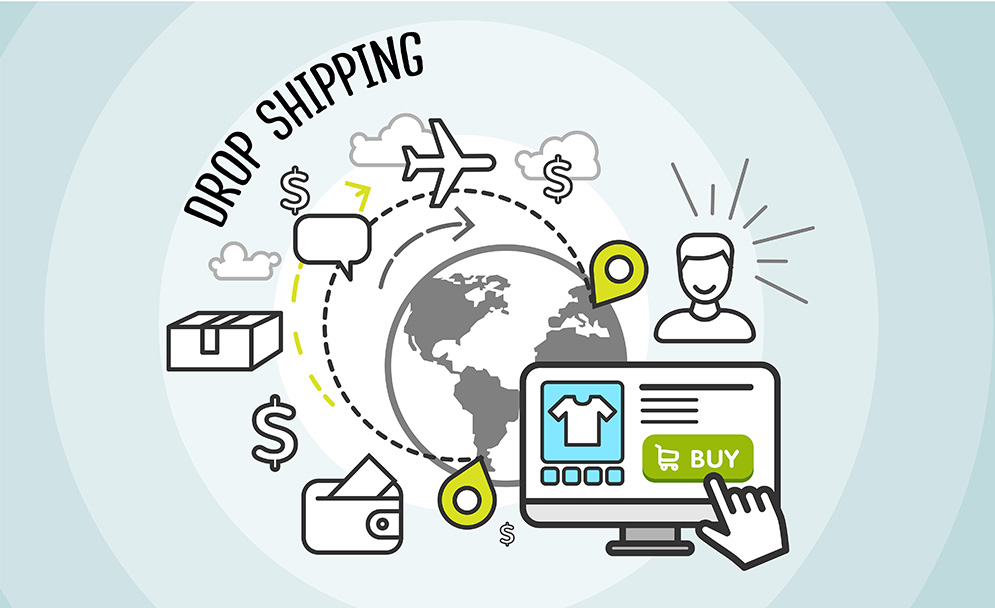Dropshipping is a supply chain management strategy in which the retailer doesn’t keep an inventory of stock, but rather ships orders directly from a third party to the customer. In the age of eCommerce, drop shipping has proven to be a successful business model for many entrepreneurs starting out with little capital to invest. As with traditional retail business models, the profits in dropshipping come from the difference in the wholesale and retail price of the inventory being sold. The difference in dropshipping is that the entrepreneur is not required to invest in the inventory being sold. Here’s what you need to know about dropshipping to get up to speed with the rapidly growing space.
How it works
The entrepreneur sets up an online store, advertising various products for sale. No actual inventory for these products exists with the entrepreneur. The purpose of the online store is to advertise the products while helping the customer evaluate and buy the product they want the most. When the customer buys a product from the online store, an order is sent directly to the supplier. The supplier prepares the order and ships it out directly to the customer.
The entrepreneur has to invest in the domain where the online store is set up and has to advertise the products available from various suppliers. The markup in price reflects the time and energy put into this distribution effort. Suppliers are more than happy to work with dropshipping stores because they drastically increase the distribution of their products.
The pros and cons
The most obvious benefit to the dropshipping business model comes from the low capital investment it requires on the part of the entrepreneur. As long as you have a laptop and internet connection, the only things that need to be invested in are a domain name and an eCommerce platform such as Shopify. As there is no physical inventory, a wide selection of products can be offered, and the product offerings can be changed to reflect market demands rapidly with no loss of money in doing so.
To be competitive in the dropshipping industry, products must be sold at low-profit margins. This is due to the vast amount of competition operating at a low cost. Successful dropshipping relies on a high-volume low margin profit model for this reason. Suppliers brand and design the products, so another disadvantage is that the retailer has little to no customization in the products they offer.
How to set yourself apart
To set yourself apart in the dropshipping space, you must offer trending products before the market grows saturated with them. Offering the right product at the right time makes all the difference. New Product Spy is a product analysis search engine that searches the databases of leading dropshipping suppliers to provide entrepreneurs with a list of trending products before the competition jumps on them.



